Yorkshire takeover: Anthony Caro’s sculptures celebrated across Leeds and Wakefield
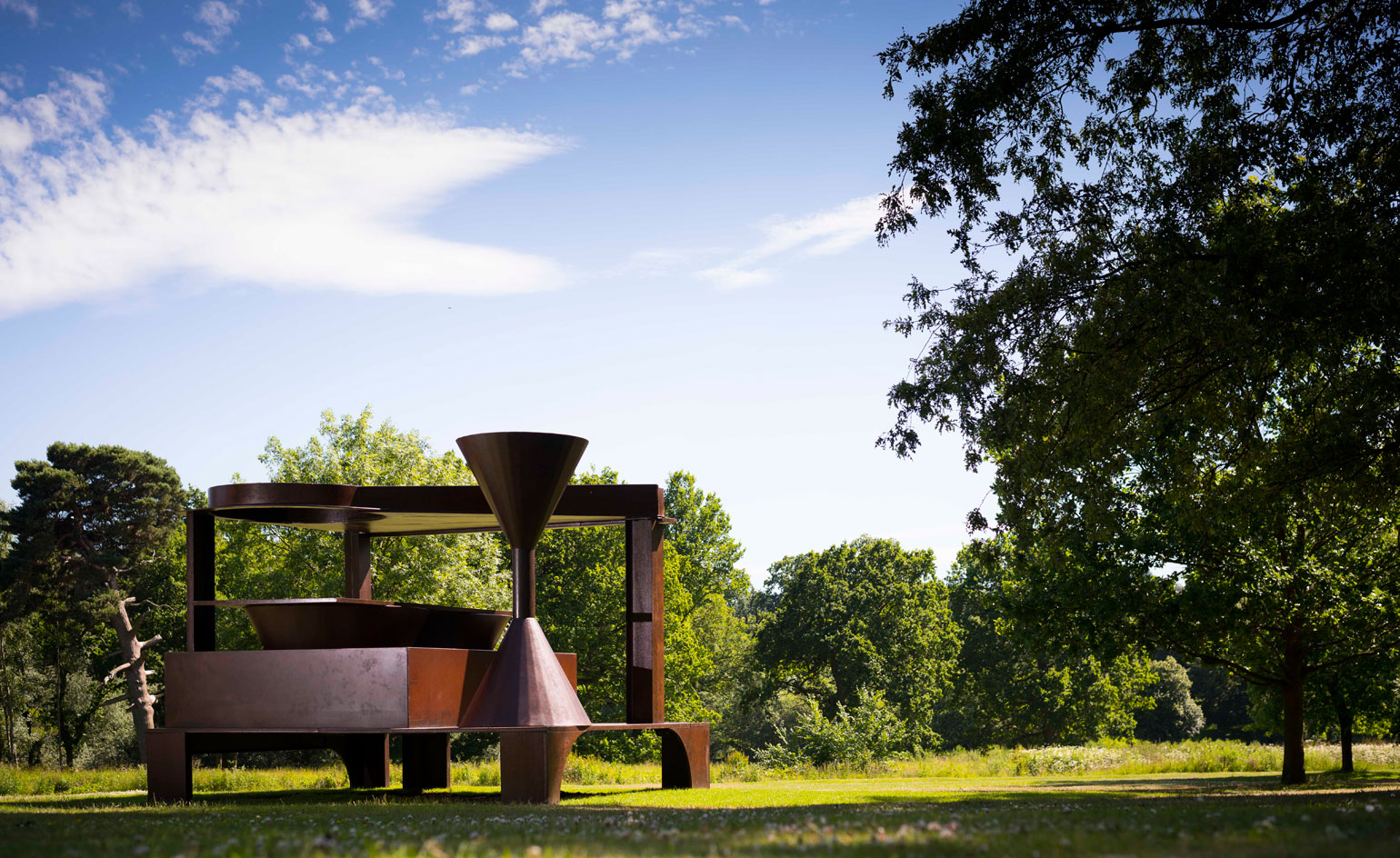
Anthony Caro believed that sculpture that was exhibited outdoors should be made outdoors. The late British artist, who died in 2013, also thought works should hang from ceilings, balance on table edges and fill awkward corners. For him, the space around a work was as important as the work itself.
This summer, Caro is celebrated across Yorkshire with exhibitions at the Hepworth Wakefield and Yorkshire Sculpture Park, and seminars at the Henry Moore Institute and Leeds Art Gallery. Organised with the help of his studio and wife – who died earlier this year – the programme features 80 works, spanning 60 years of his career.
Hepworth Wakefield explores the role of architecture in Caro's work through 40 of these. Starting with his seminal painted steel sculptures and Table Pieces from the 1960s, it moves through the cage-like series made outdoors at the Emma Lake workshop in Canada, 1977, and culminates with steel, wood and Perspex works from 2013.
In 1987, Caro collaborated with Frank Gehry to design a 'Sculpture Village' featuring constructions the pair coined as 'Sculpitecture'. On completing the Millennium Bridge with Norman Foster in 2000, Caro declared that, 'Architecture has come to play an important part in my thinking during the past ten or 15 years, but when I look back I think it was always there.'
The sculptor had a long history of working in Yorkshire, especially at the Sculpture Park, which was an early supporter of his practice. Rarely-seen sketches and figurative works are on show at the park's Longside Gallery while eight of his never-before-seen Flats, rendered in rusted and varnished steel in the 1970s, shimmer under the dappled shade of giant horse chestnut trees. In the main building, the 18th-century Bretton Hall where Henry Moore permanently takes centre stage, a series of Caro's models are also on display.
That the two great British sculptors are on show under the same roof is fitting. Caro was Moore's studio assistant from 1951–1953 and they remained friendly (and sometimes not-so-friendly) rivals until Moore's death in 1986.
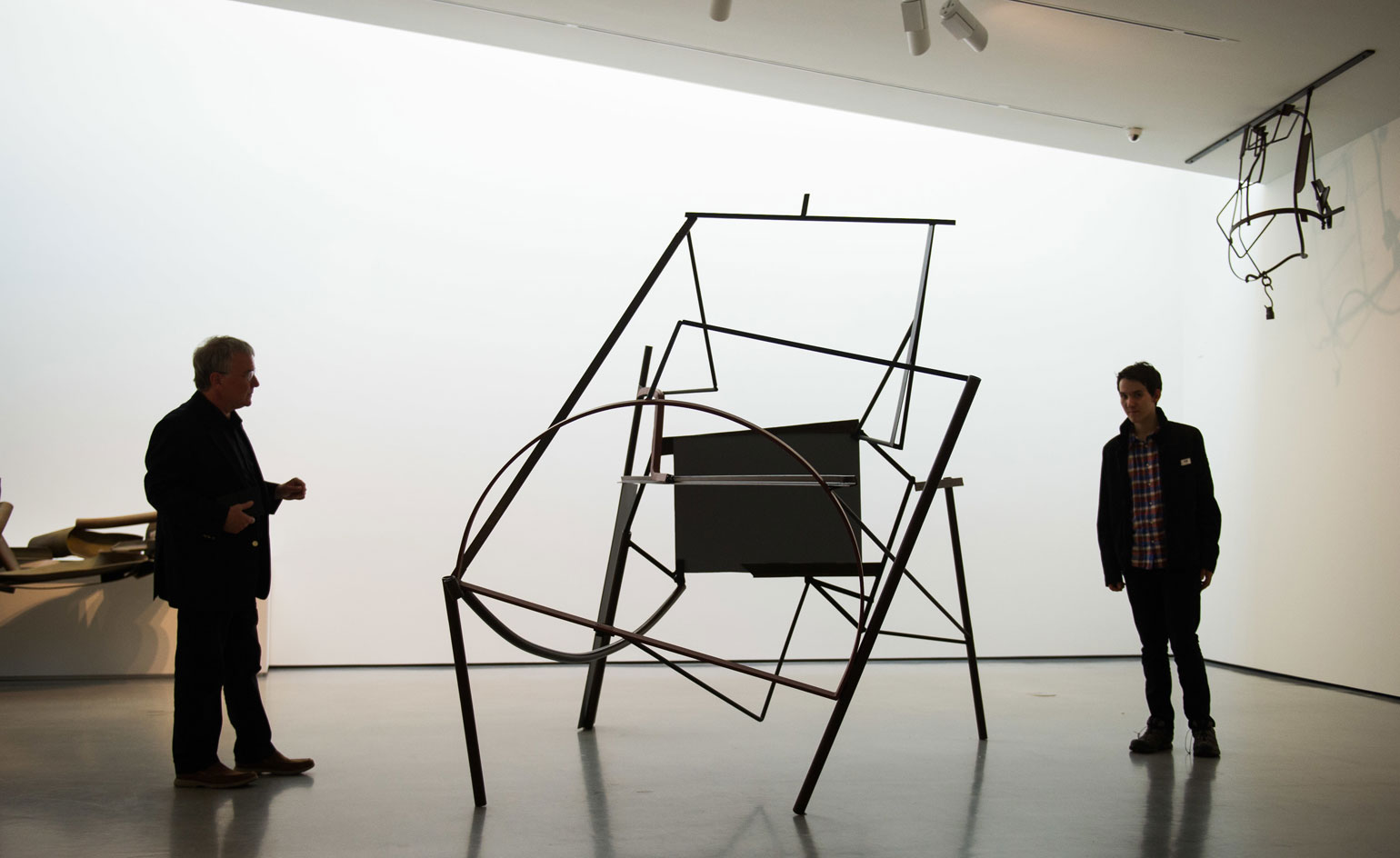
Anthony Caro believed sculpture that was to be exhibited outdoors should be made outdoors. Pictured: After Emma, 1977/1982, on view at Hepworth Wakefield.
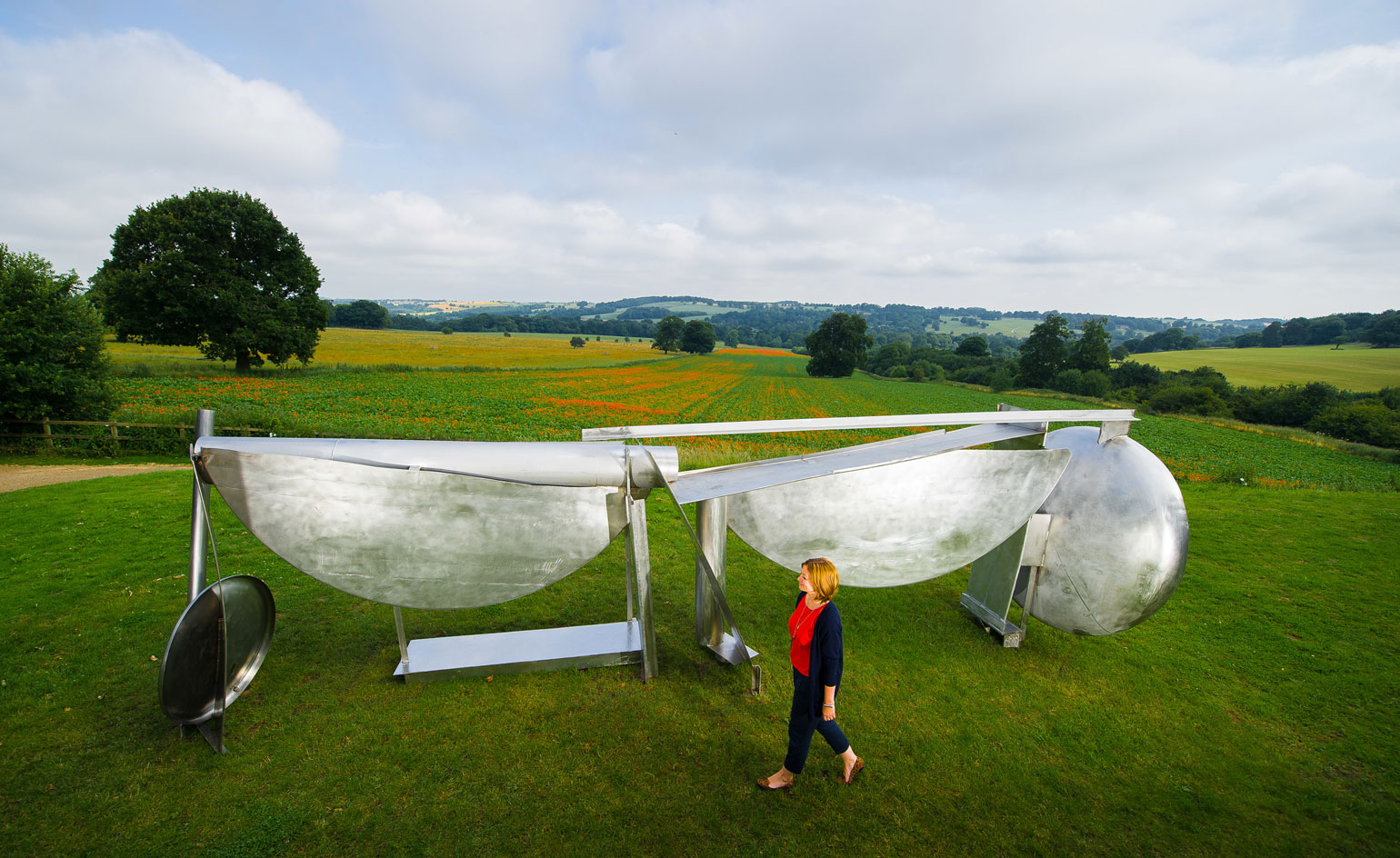
Double Shot, 1987/1993, on view at Yorkshire Sculpture Park.
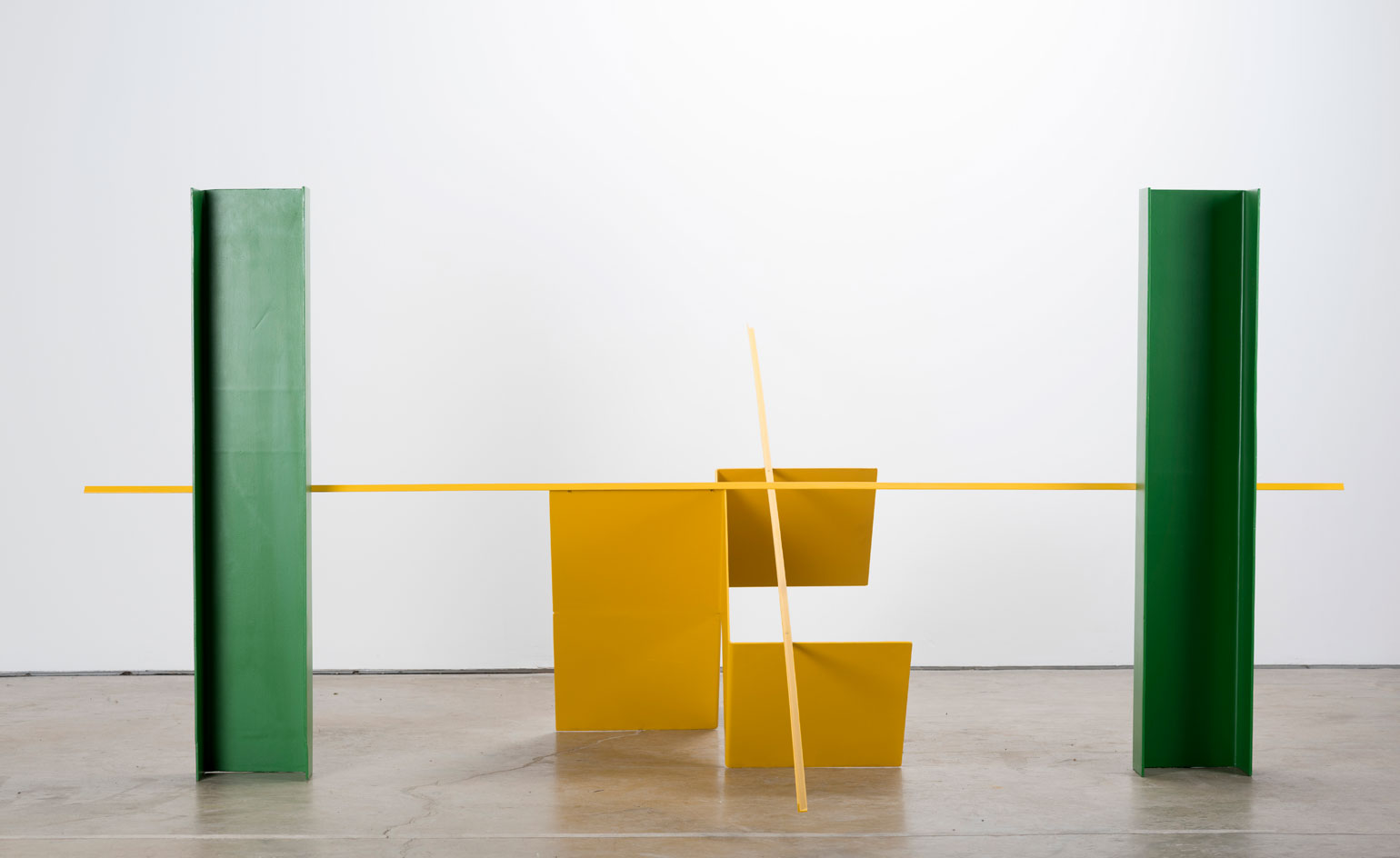
First National, 1964, on view at Yorkshire Sculpture Park
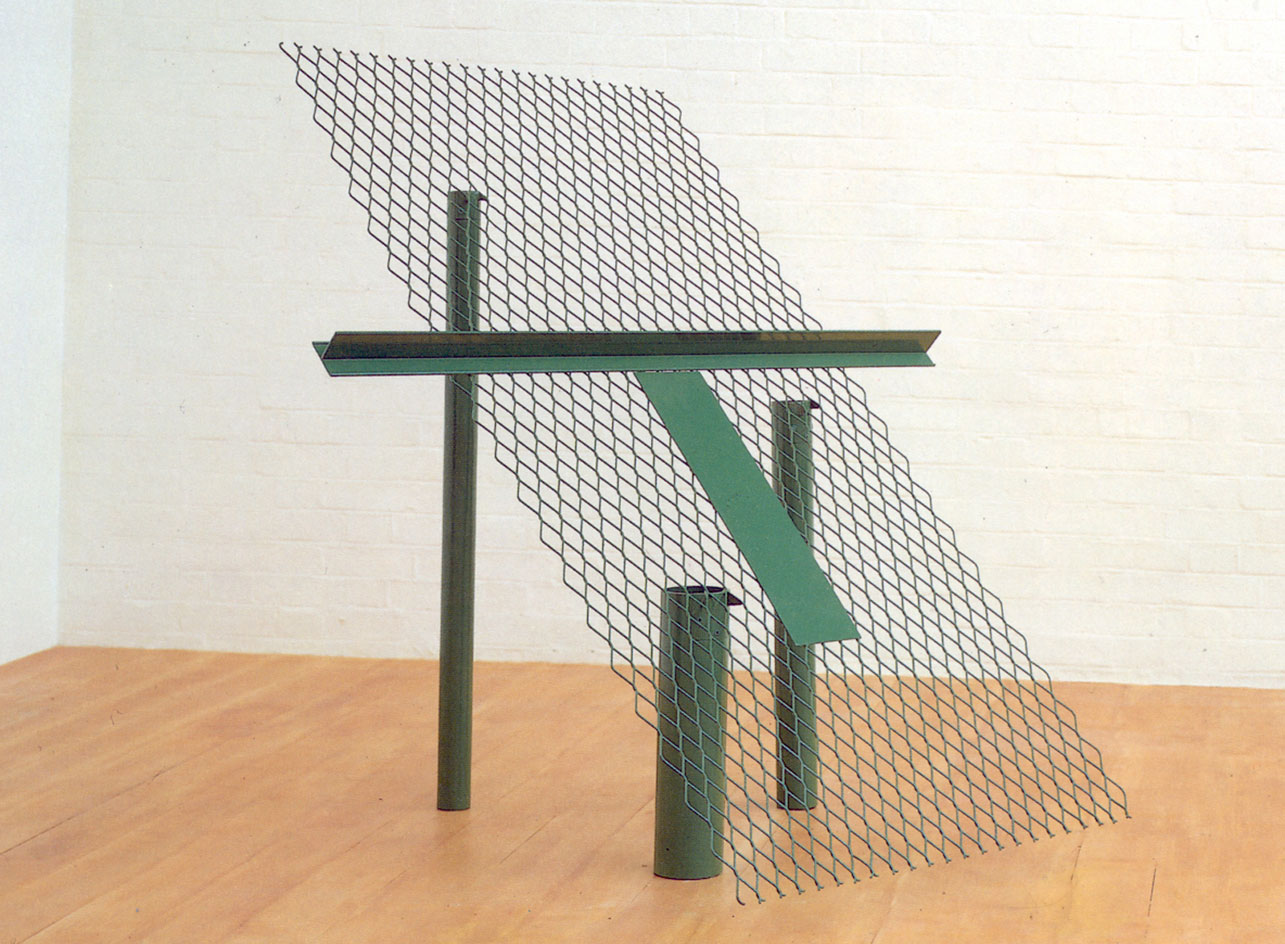
Paris Green, 1966.
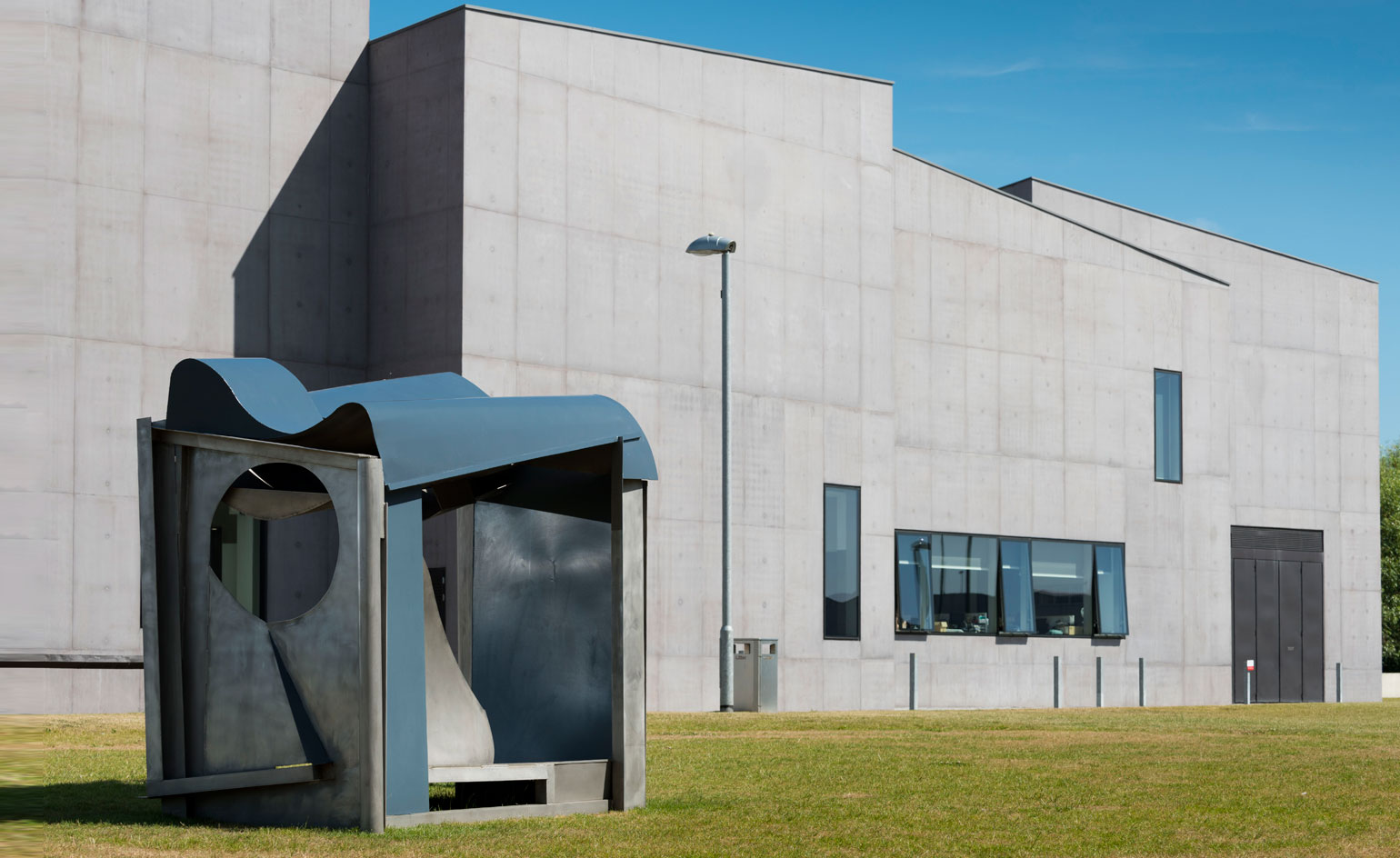
Palanquin, 1987–91, on view at Hepworth Wakefield. Courtesy of Barford Sculptures Ltd
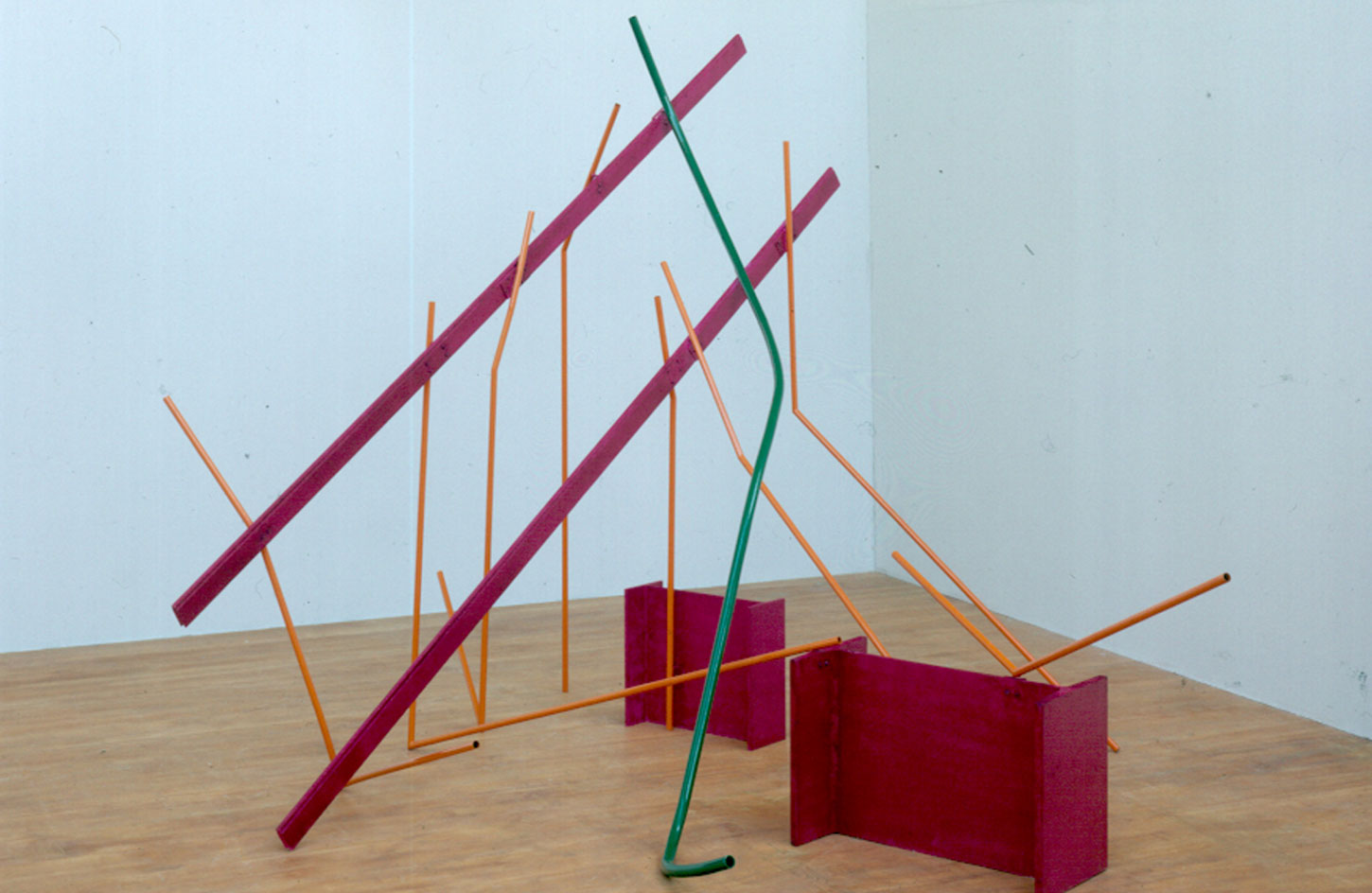
Month of May, 1963.
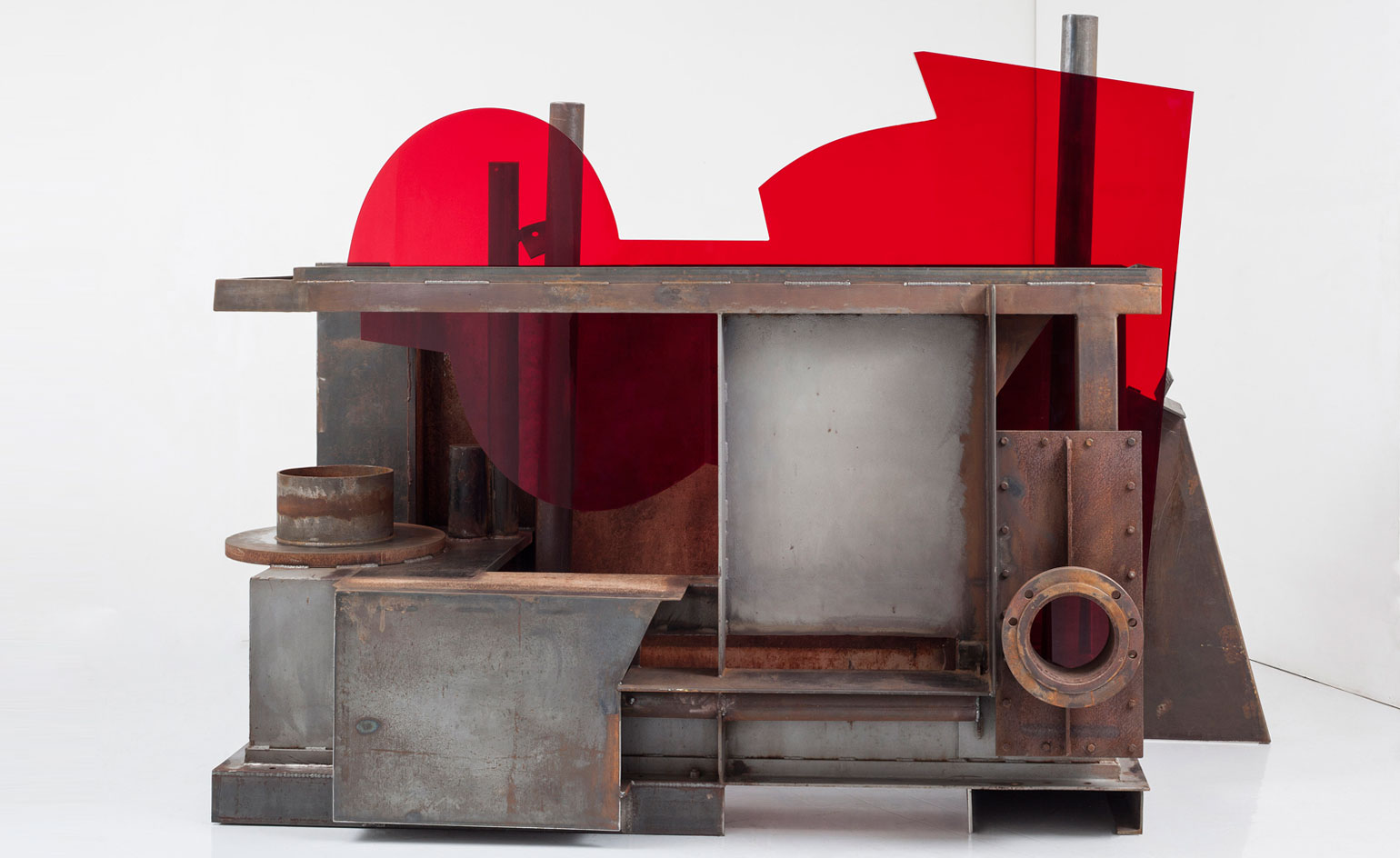
End of Time, 2013, on view at Yorkshire Sculpture Park.
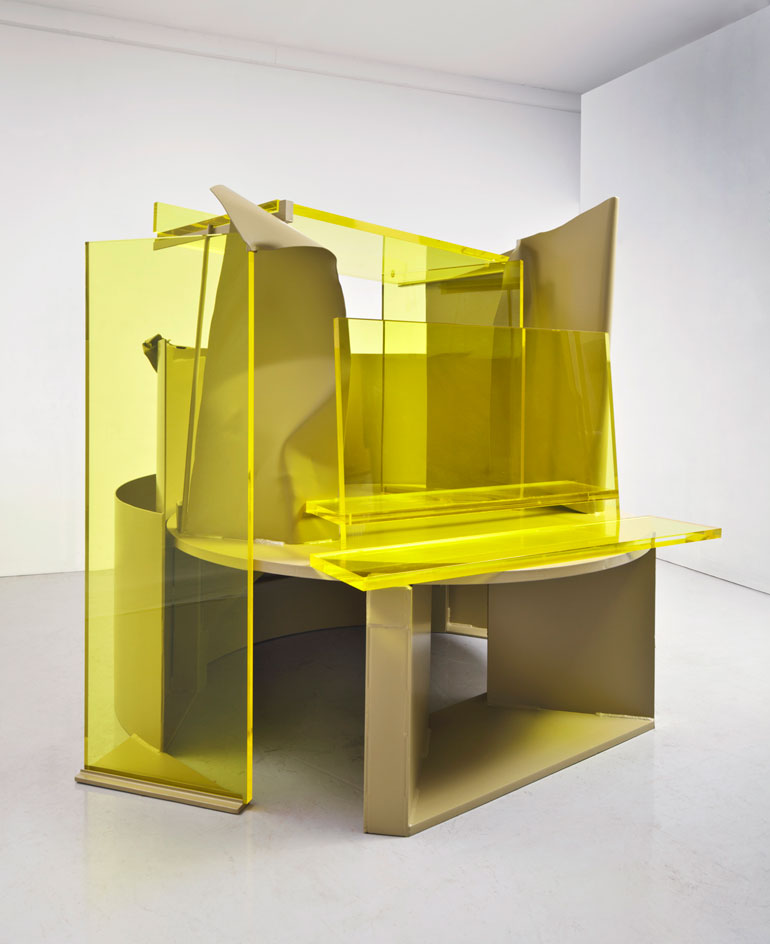
Autumn Rhapsody, 2011–12.
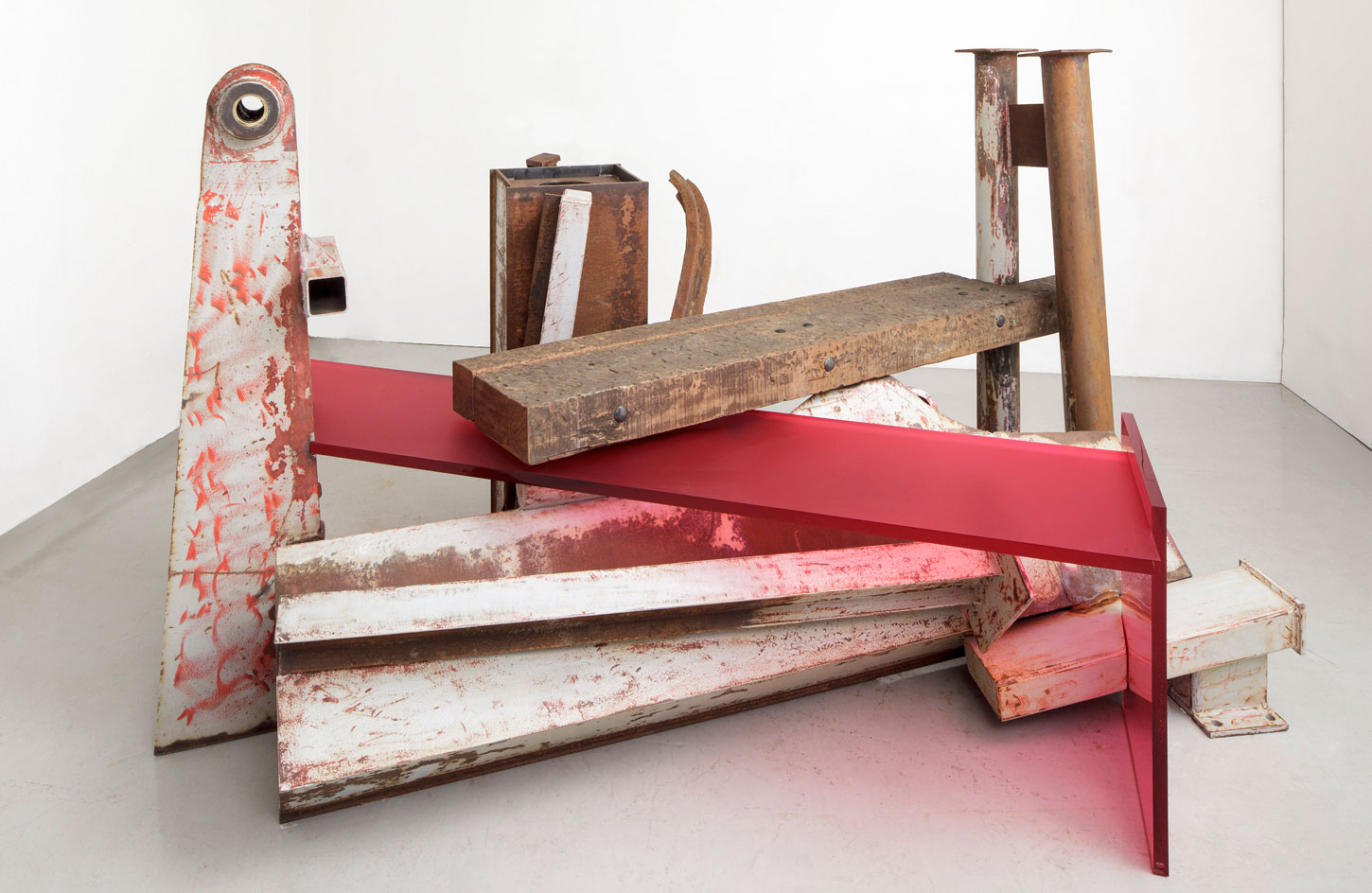
Terminus, 2013. Courtesy of Barford Sculptures Ltd
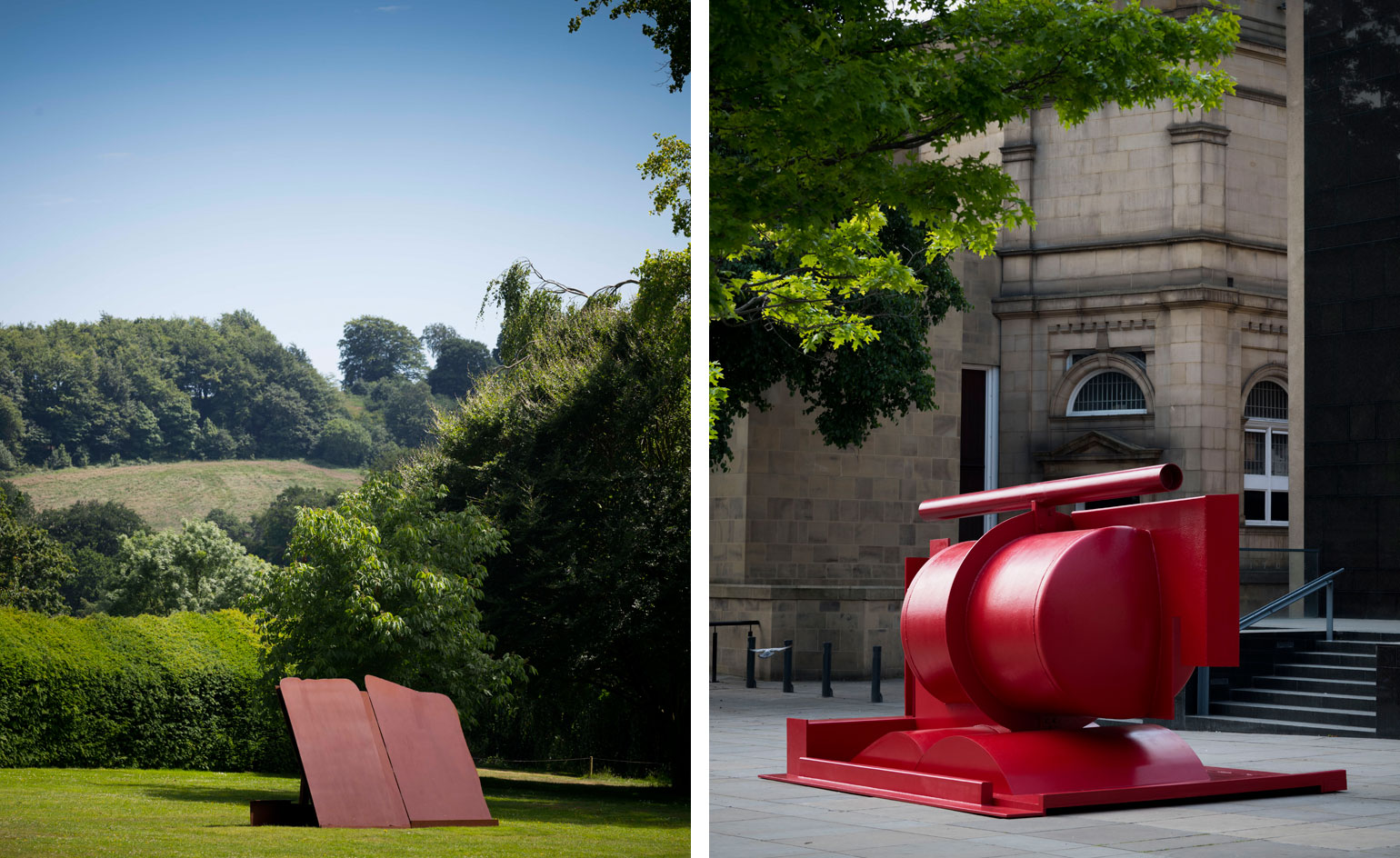
Left: Double Flats, 1974, made in rusted and varnished steel. Right: Aurora, 2000–03, installation on view outside Leeds Art Gallery and the Henry Moore Institute
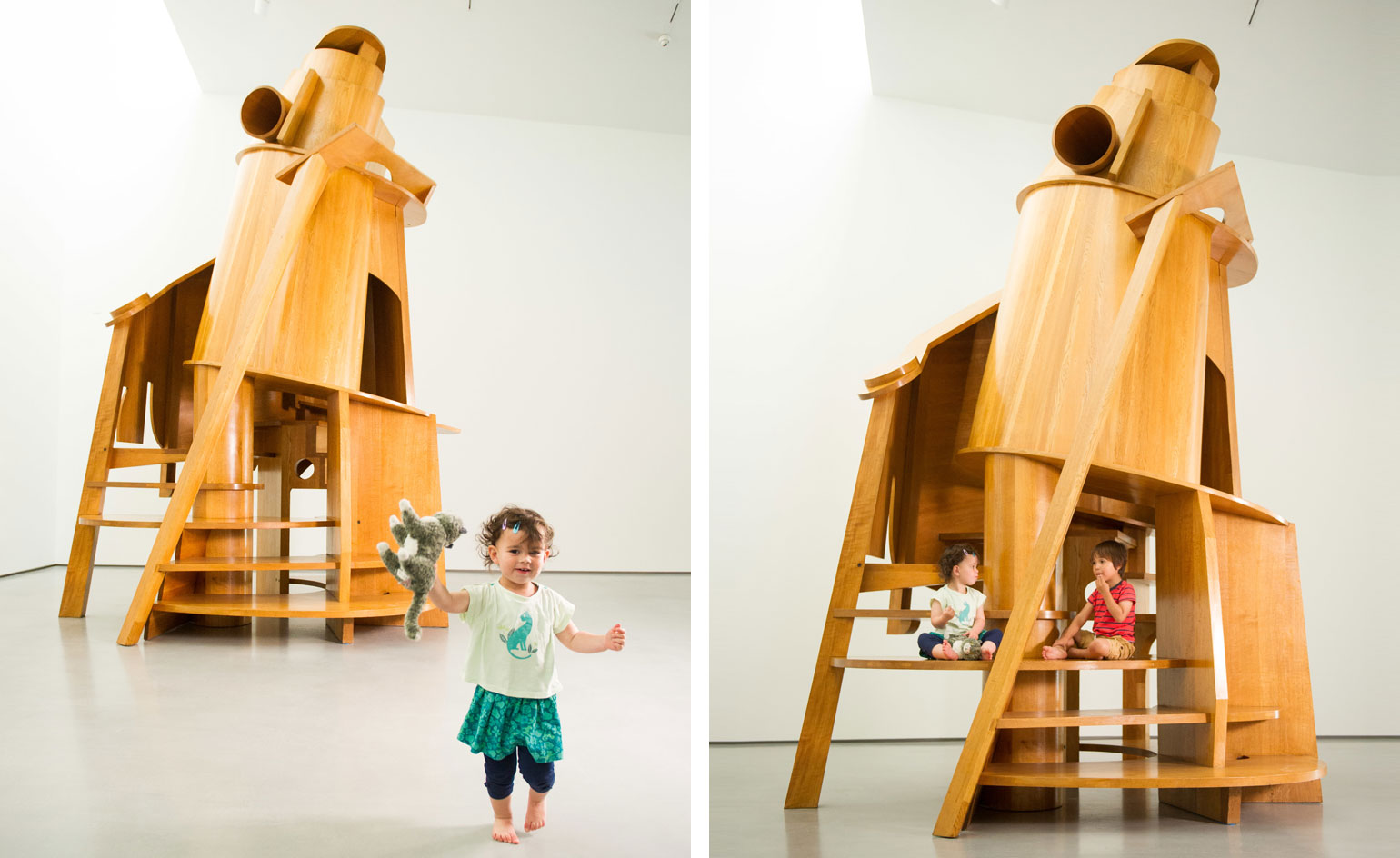
Child’s Tower Room, 1983/1984, on view at Hepworth Wakefield.
ADDRESS
Receive our daily digest of inspiration, escapism and design stories from around the world direct to your inbox.
Emma O'Kelly is a freelance journalist and author based in London. Her books include Sauna: The Power of Deep Heat and she is currently working on a UK guide to wild saunas, due to be published in 2025.
-
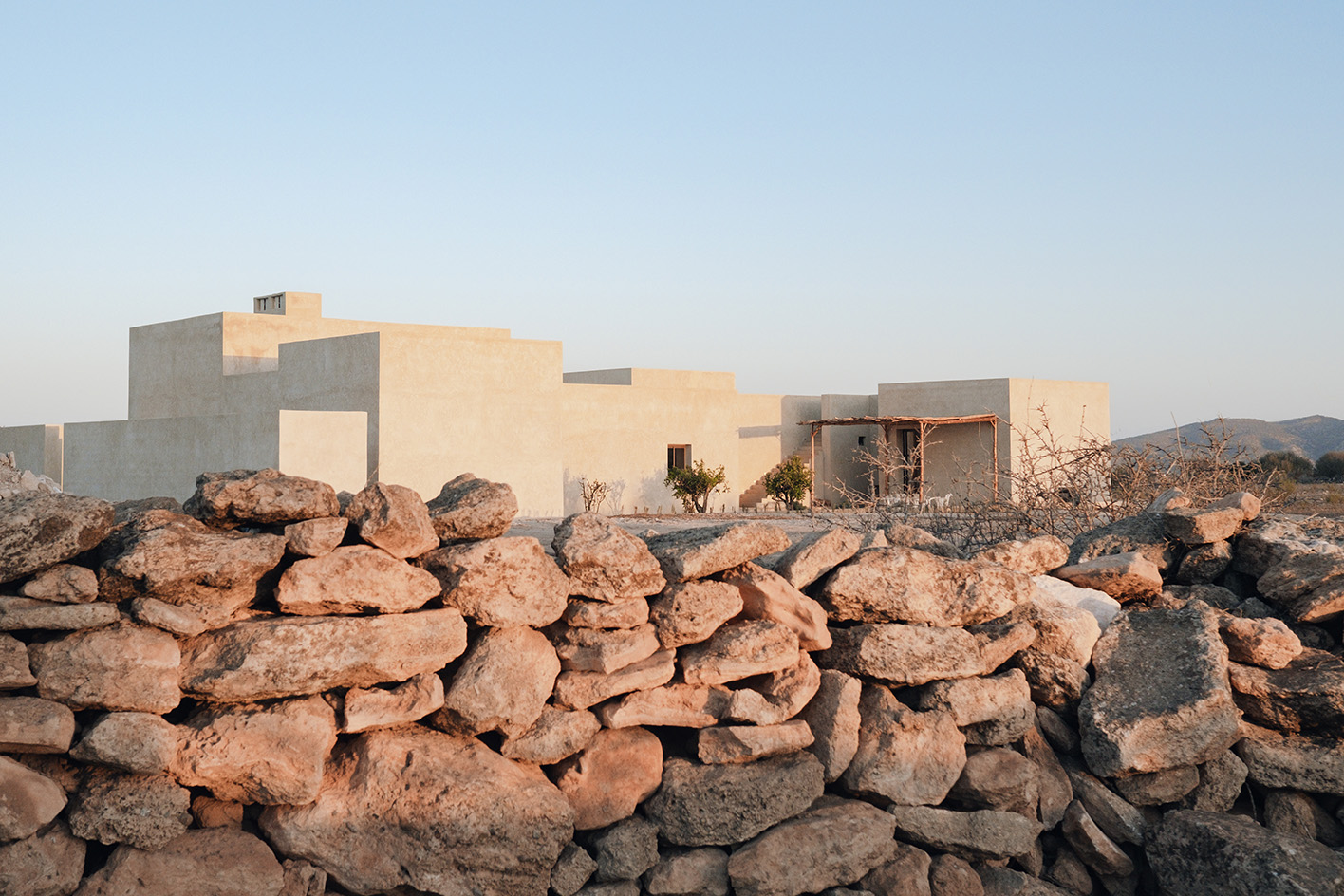 A minimalist Moroccan villa is meticulously designed as an ‘observatory of time and nature’
A minimalist Moroccan villa is meticulously designed as an ‘observatory of time and nature’DDAR, a minimalist Moroccan villa in Essaouira, designed by Othmane Bengebara, was crafted around its owner’s love of creativity, entertaining and quiet retreat
-
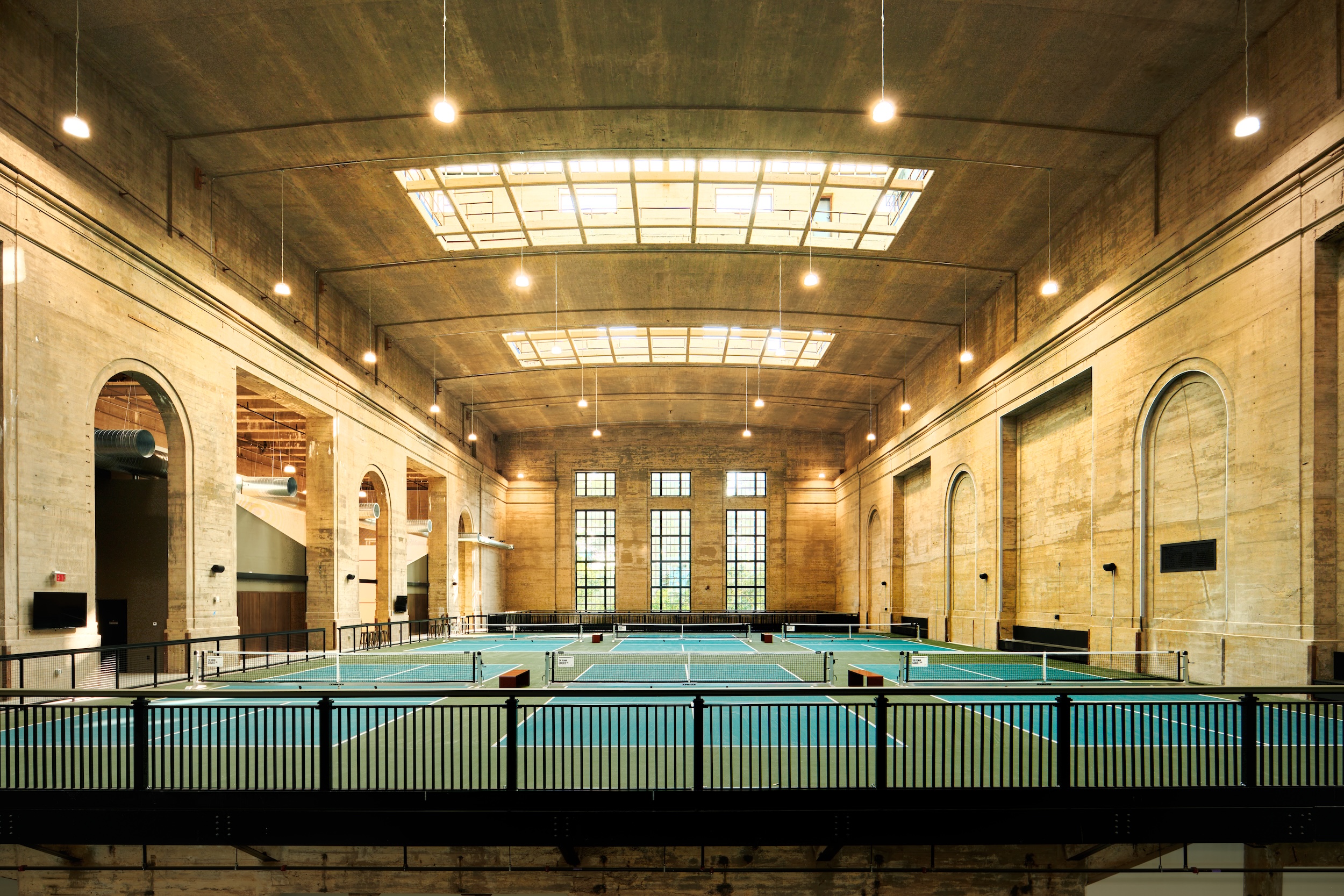 This Andre Agassi-backed sports club in Philadelphia might be the most stylish athletic facility we've ever seen
This Andre Agassi-backed sports club in Philadelphia might be the most stylish athletic facility we've ever seenAt Ballers in Philadelphia, you can play tennis, take a dip and have dinner beneath one soaring roof. Here's a look inside
-
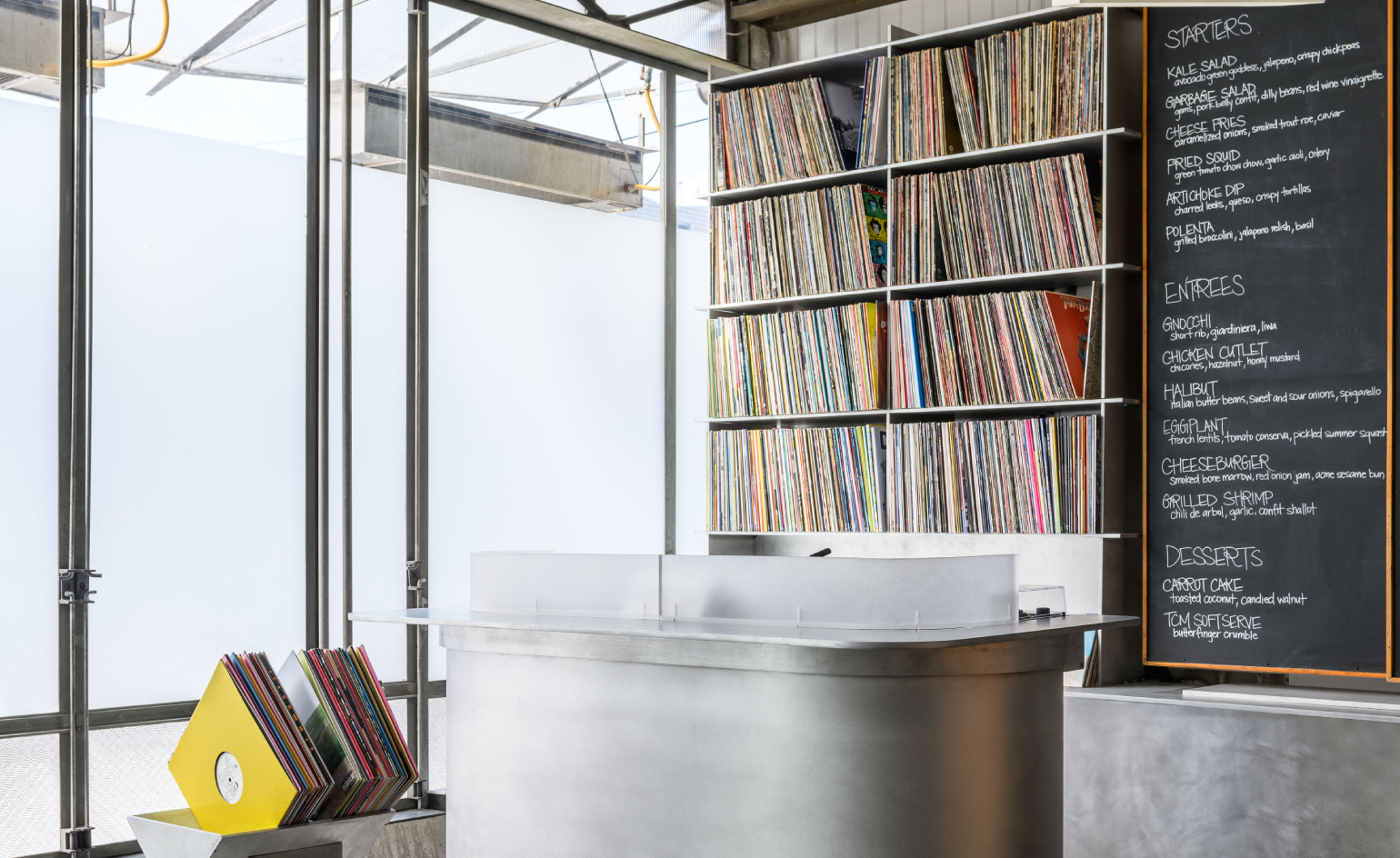 The best dinner party in San Francisco is thrown at this bistro and vinyl bar
The best dinner party in San Francisco is thrown at this bistro and vinyl barA new chapter begins in Mission Creek as Side A opens in the former Universal Café space
-
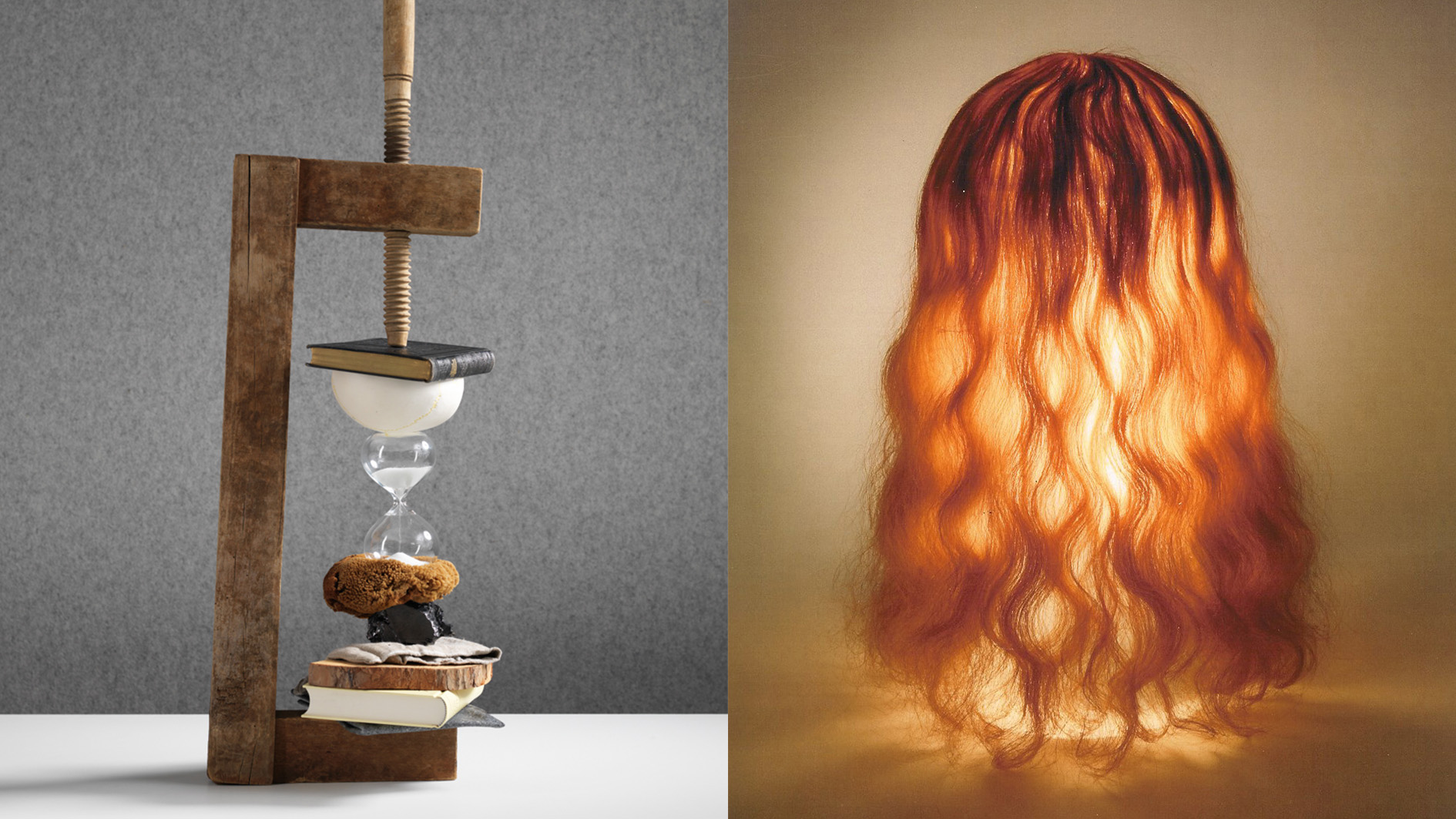 Rolf Sachs’ largest exhibition to date, ‘Be-rühren’, is a playful study of touch
Rolf Sachs’ largest exhibition to date, ‘Be-rühren’, is a playful study of touchA collection of over 150 of Rolf Sachs’ works speaks to his preoccupation with transforming everyday objects to create art that is sensory – both emotionally and physically
-
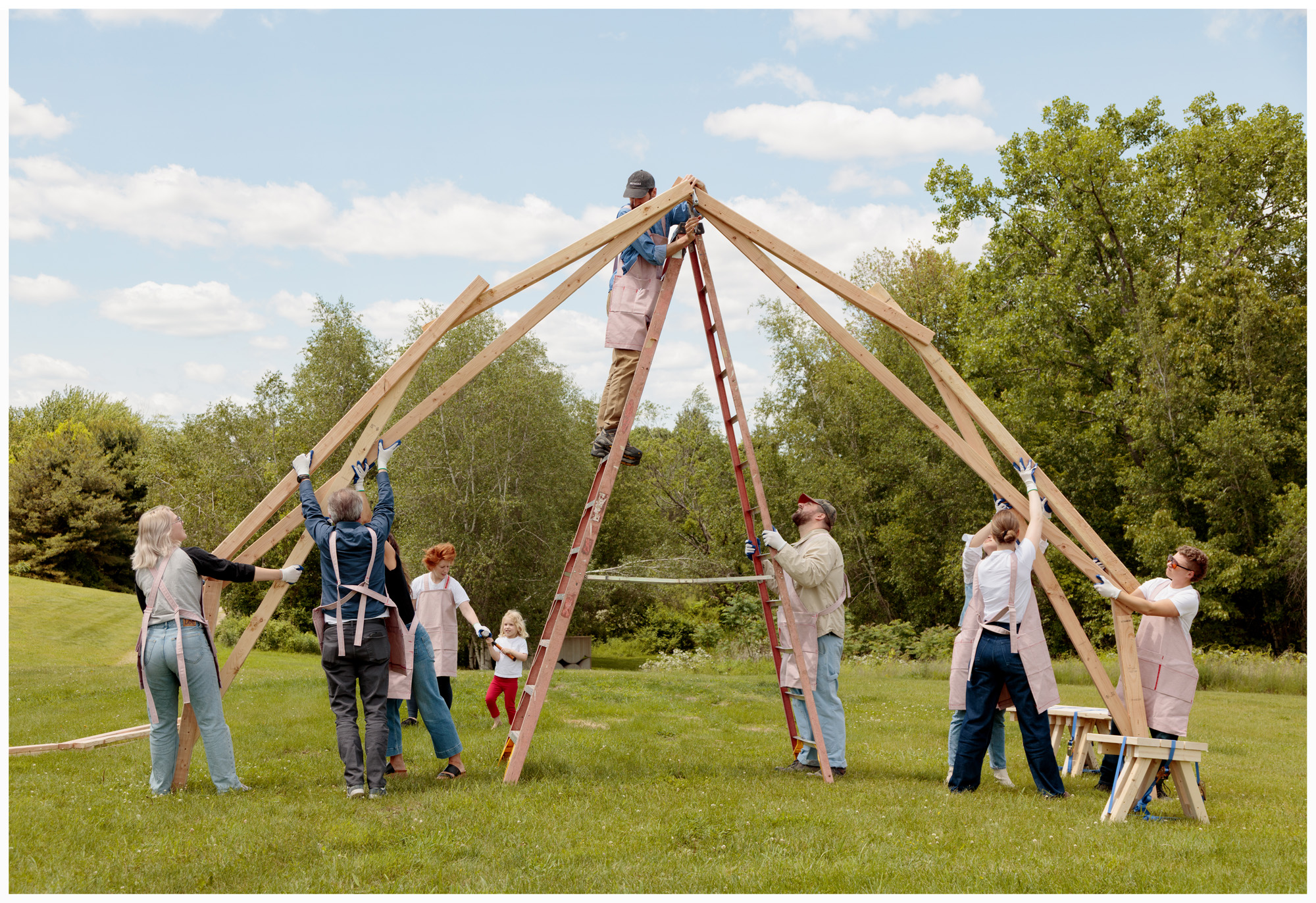 Architect Erin Besler is reframing the American tradition of barn raising
Architect Erin Besler is reframing the American tradition of barn raisingAt Art Omi sculpture and architecture park, NY, Besler turns barn raising into an inclusive project that challenges conventional notions of architecture
-
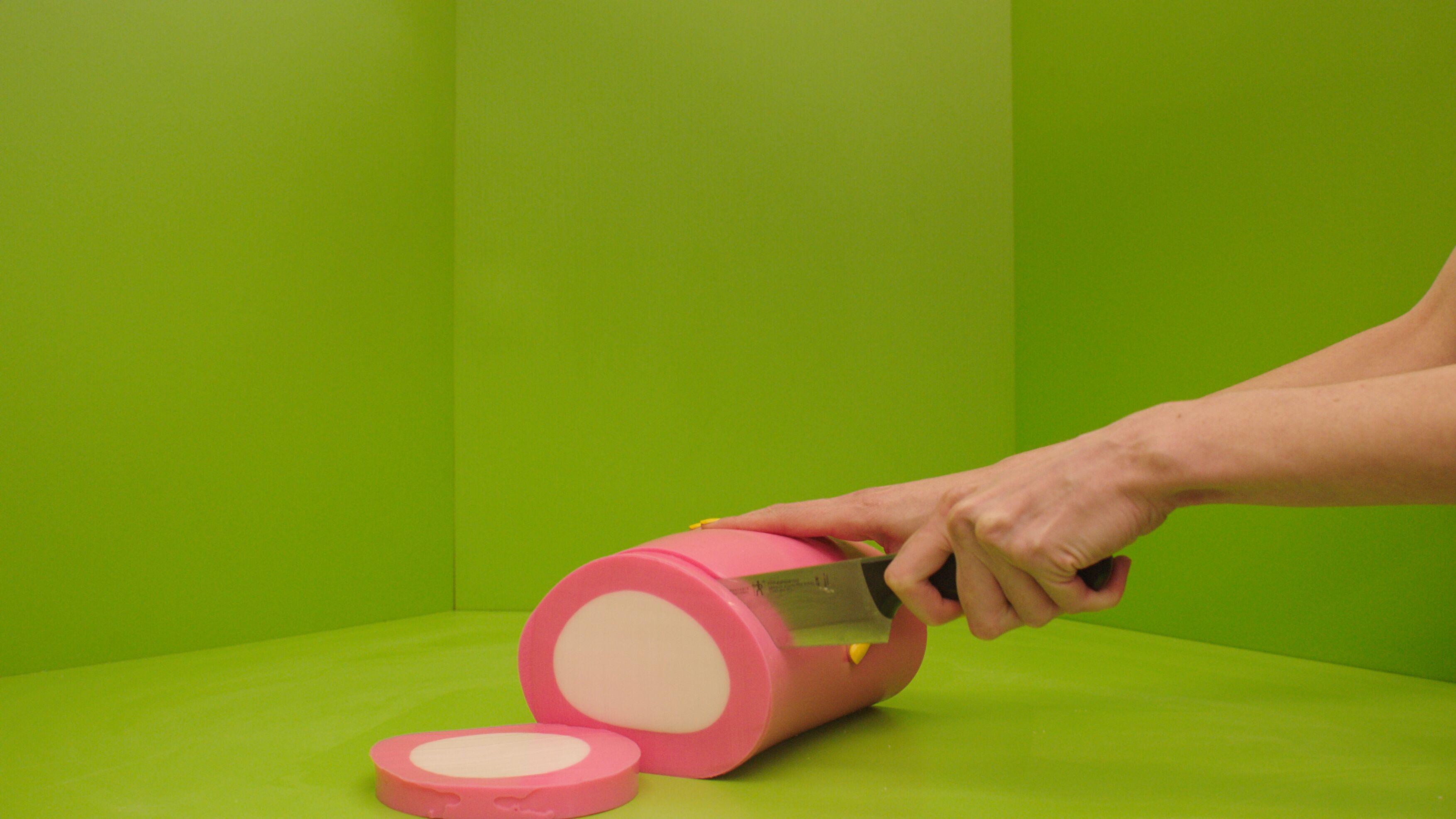 What is recycling good for, asks Mika Rottenberg at Hauser & Wirth Menorca
What is recycling good for, asks Mika Rottenberg at Hauser & Wirth MenorcaUS-based artist Mika Rottenberg rethinks the possibilities of rubbish in a colourful exhibition, spanning films, drawings and eerily anthropomorphic lamps
-
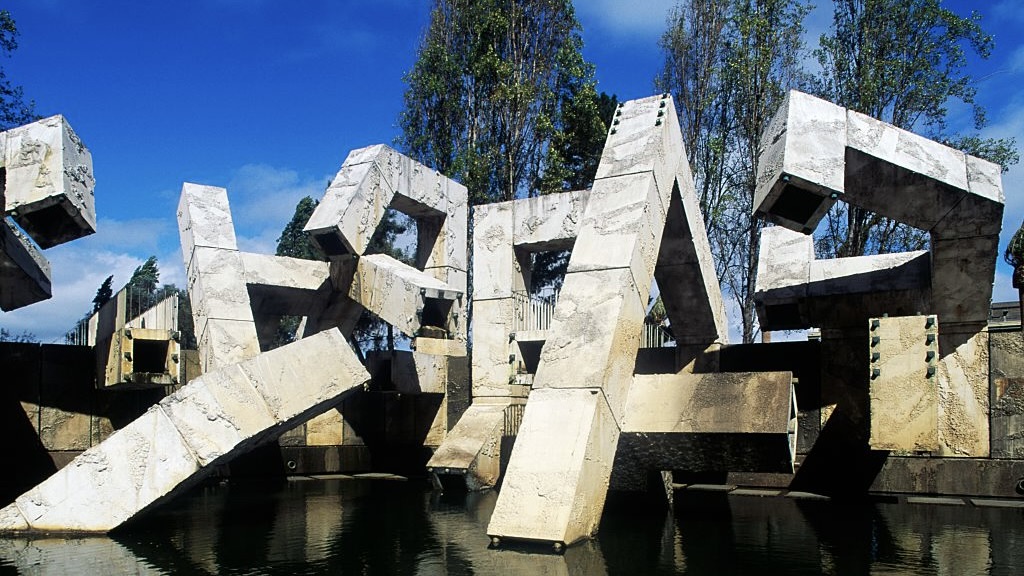 San Francisco’s controversial monument, the Vaillancourt Fountain, could be facing demolition
San Francisco’s controversial monument, the Vaillancourt Fountain, could be facing demolitionThe brutalist fountain is conspicuously absent from renders showing a redeveloped Embarcadero Plaza and people are unhappy about it, including the structure’s 95-year-old designer
-
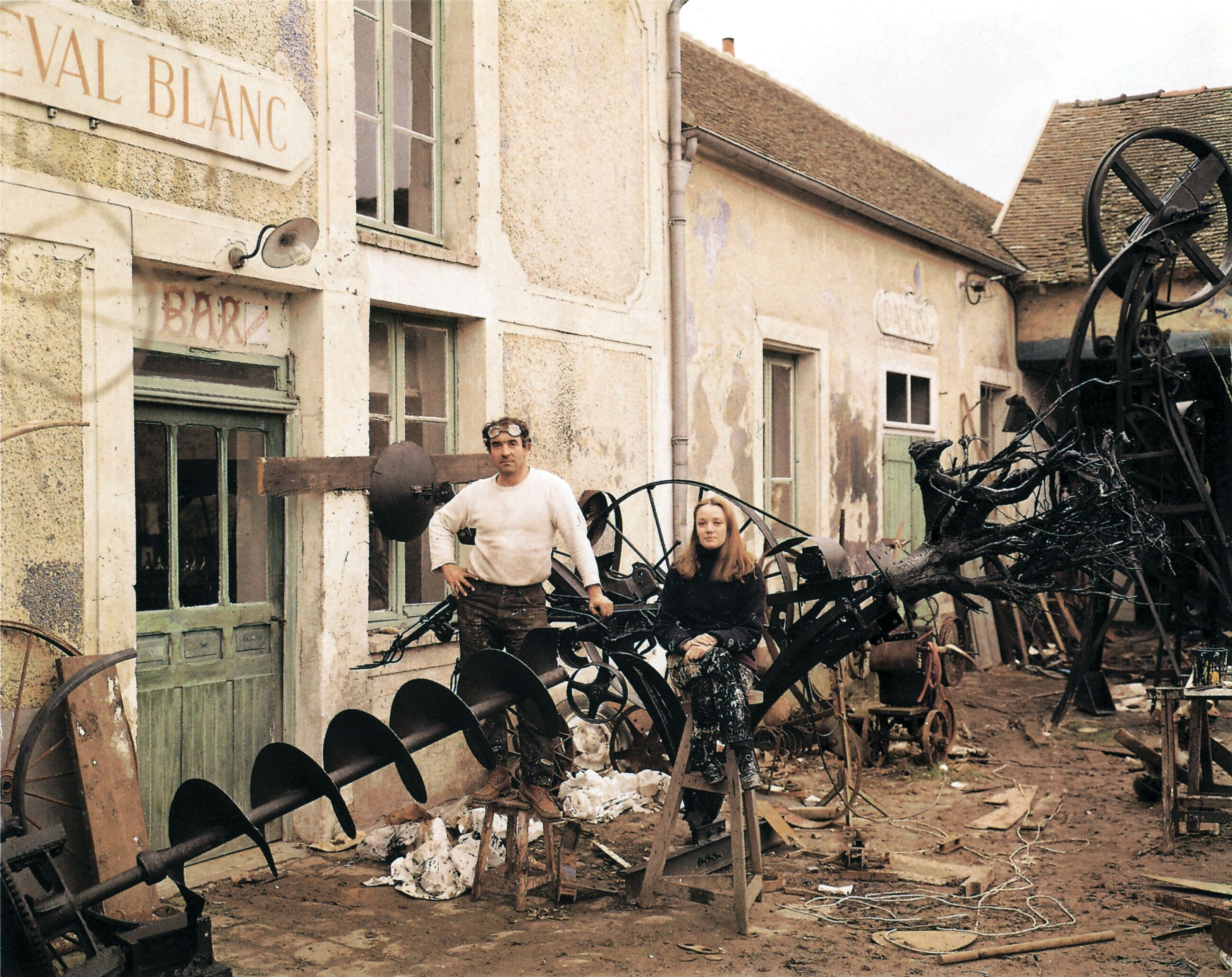 See the fruits of Niki de Saint Phalle and Jean Tinguely's creative and romantic union at Hauser & Wirth Somerset
See the fruits of Niki de Saint Phalle and Jean Tinguely's creative and romantic union at Hauser & Wirth SomersetAn intimate exhibition at Hauser & Wirth Somerset explores three decades of a creative partnership
-
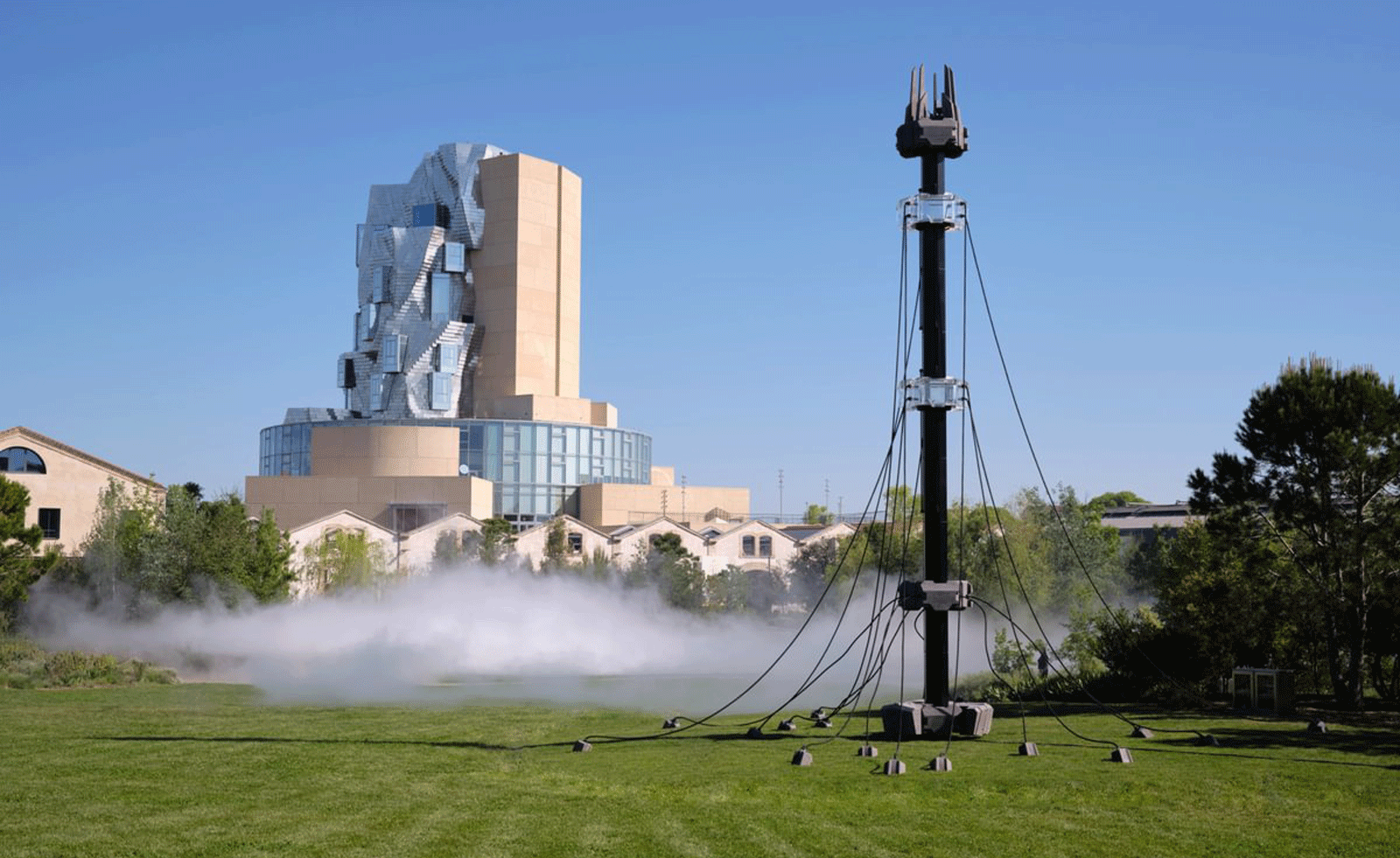 Technology, art and sculptures of fog: LUMA Arles kicks off the 2025/26 season
Technology, art and sculptures of fog: LUMA Arles kicks off the 2025/26 seasonThree different exhibitions at LUMA Arles, in France, delve into history in a celebration of all mediums; Amy Serafin went to explore
-
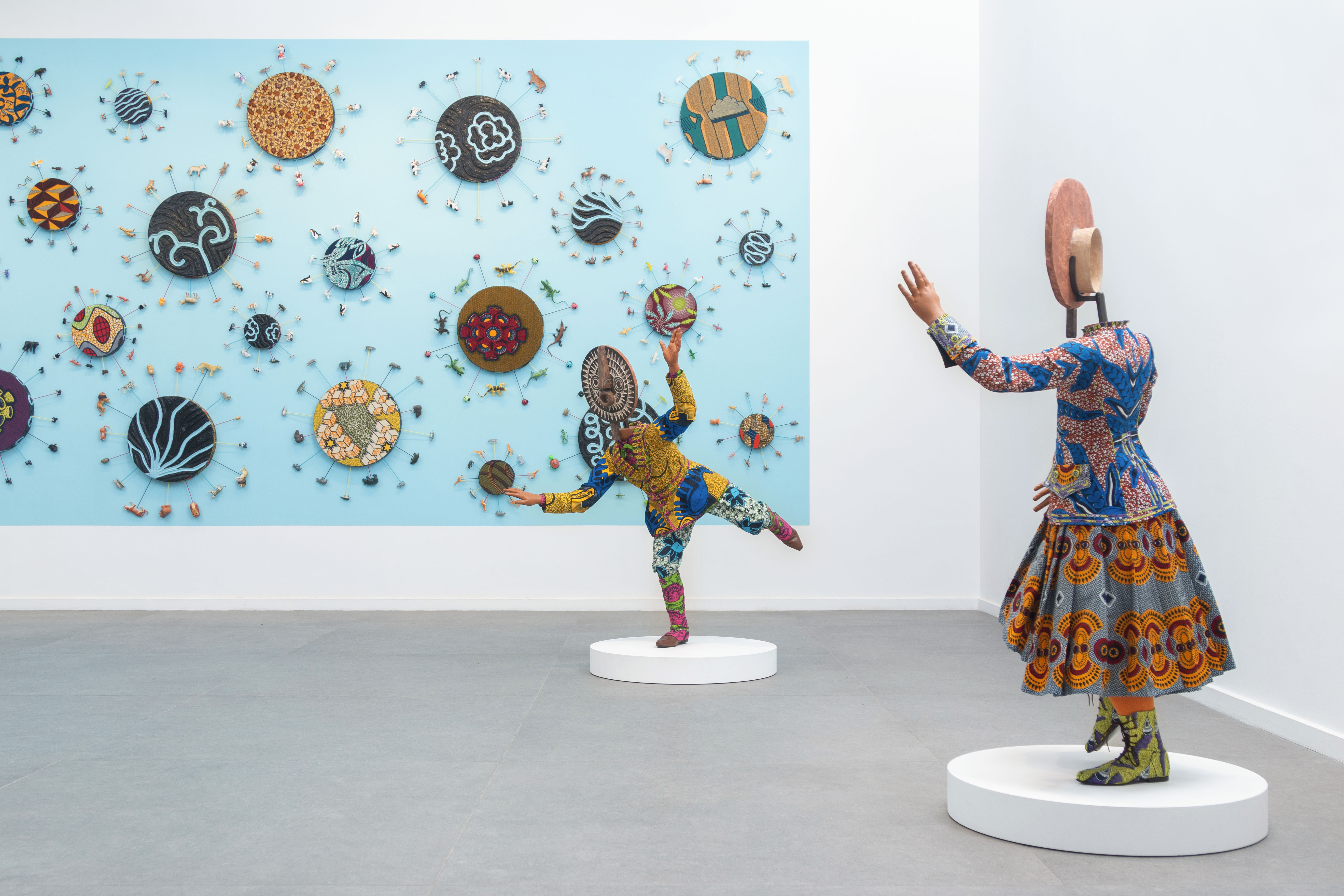 Inside Yinka Shonibare's first major show in Africa
Inside Yinka Shonibare's first major show in AfricaBritish-Nigerian artist Yinka Shonibare is showing 15 years of work, from quilts to sculptures, at Fondation H in Madagascar
-
 Inside Jack Whitten’s contribution to American contemporary art
Inside Jack Whitten’s contribution to American contemporary artAs Jack Whitten exhibition ‘Speedchaser’ opens at Hauser & Wirth, London, and before a major retrospective at MoMA opens next year, we explore the American artist's impact